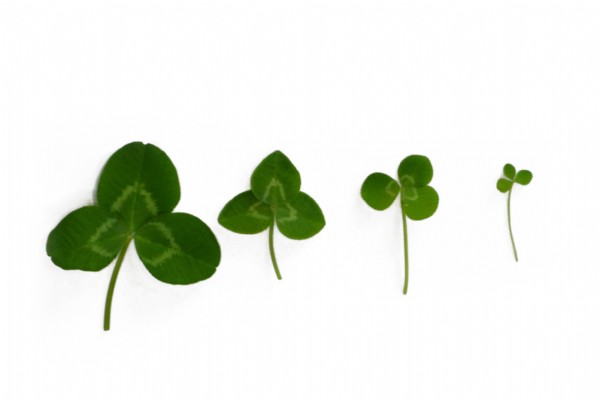

Red clovers can be broken down into two distinct types: early and late flowering with a different between flowering periods of 10 - 14 days.
Early or double cut red clover – These are most popular and are commonly used for silage as they re-grow well to provide a second cut later in the year.
The late varieties such as Altaswede can be used on late, wet ground to provide one large single cut later in June.
White clover is classified according to leaf size, which break down to small, medium and large, the size of the leaf dictates what type of use it is most suited to.
Small Leaf Clover - The very small, low yielding but extremely persistent type is known as ‘wild white’. These little clovers are extremely persistent, filling the base of the sward and can be grazed hard especially with sheep.
Medium Leaf - Medium leaved varieties such as AberHerald and AberConcord offer yields well in excess of the wild whites. They are also more competitive, persistent and offer good early spring growth.
Large Leaf - The large leaf types such as Alice are the highest yielding. However, large leaved varieties do not survive well when grazed hard with sheep. Therefore these are best sown in silage or cattle grazing leys. For most situations it is best to sow a mixture of types to allow for grazing or silage.
Date Posted: 17th January 2018



